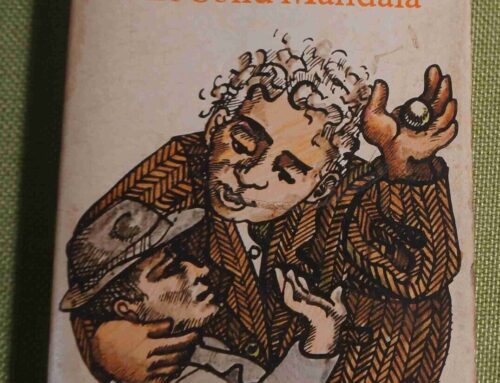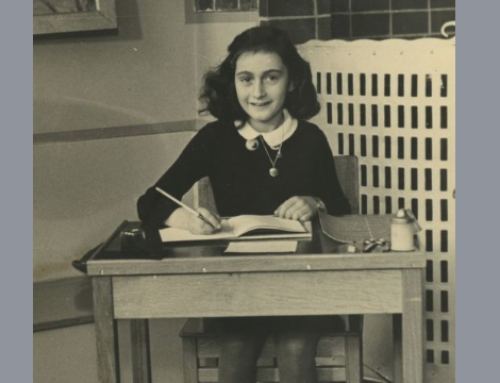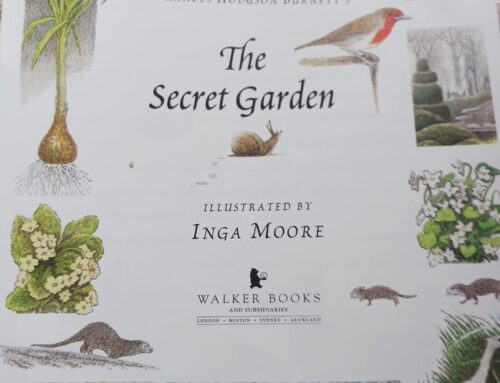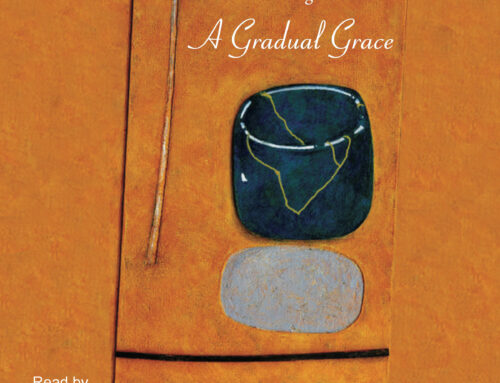Margaret Forster published her last novel in 2016, after an extraordinary career as a novelist and biographer: 25 fiction works and 10 non-fiction, plus an edited selection of poems by Elizabeth Barrett Browning. When I found her last novel, How to Measure a Cow, on the shelf of throw-outs at our public library, I was intrigued by the title and paid $1 to find out the answer to the conundrum of the title. I was surprised and gripped by the story and the quality of the writing, and perplexed as to why I had never heard of Forster in my studies in English literature or reading over the years. It seemed to me symbolic that her last novel was discarded by the library, and when I checked their catalogue, I found it was the only one of her output listed there. How could a writer of this quality be so forgotten and her works discarded or simply not recognised?
That is the second conundrum. The enigma of the title is the first. I loved the challenge of it. I had never heard of measuring a cow, although my father was a farmer of sheep, not cattle. I do know the answer now, but as to why it is chosen as a title and what it tells us about the story, I suggest you find out for yourself.
Cows are only glimpsed in this story of failed and false identity. It begins, ‘The first day, free.’ She, the anonymous heroine, walks in a public park, where she is approached by a black-clad man who asks her, ‘Are you her?’. She leaves the park and manages to shake him off. He doesn’t reappear in the story, but his question reverberates.
Who, indeed, is she? We learn that she has to assume a new identity, and decides to leave London. Her assumed name is Sarah Smith; her actual name, we learn, is Tara. She jabs a hair clip onto a map of the British Isles and hits on a northern town called Workington, which turns out to be on the edge of the Lakes district. She moves into a little terraced house, drab like all the other houses in the street, and takes a menial job in a factory. Sarah is subdued, meek, wears anonymous grey clothes, ties her hair back in a tight knot, speaks to non-one unless she has to. We don’t learn any details about her past life until late in the story. She remains an enigma, which is brought sharply into focus by the other main persona in the story, her elderly neighbour, Nancy. Nancy, a widow, lives alone and spends a lot of time watching the doorway and window opposite and speculating on this stranger. Gradually, an unlikely friendship forms between the two women, but it is guarded and unequal and fraught with misunderstandings and failed encounters. Nancy, we realise, is an archetypal northerner, a creature of habit, not without compassion, but reserved and slow to trust. When Tara becomes tired of her drab, quiet life and decides to move on and experiment with being more her original self, she visits Nancy and tries to tell her about her past. Nancy resists:
‘I don’t pry,’ Nancy said. ‘I mind my own business.’
Which, of course, she doesn’t. But she finds personal revelations embarrassing and prefers to speculate on what the truth of Nancy’s past might be, rather than hearing the details. Tara confesses that she had, in fact, wanted to be like Nancy… contented, unadventurous, taking pleasure in routine. Nancy responds,
‘…it’s daft — I’ve said it already and I’ll say it again — it’s daft to think you could be like me or anyone like me. Who’d want to be me. You don’t know what goes on in my head. And don’t start — I’m not going to tell you. Now, get up, wash your face, and go for a walk or something. I”m going to club. I’ll see you before you go.’
The answer to the mystery of who the heroine is and why she assumes a false identity remains hidden between the lines until well into the story. As for the reasons why she acted in a way that meant she had to assume a new persona, they are not revealed until near the end of the story. So we, the reader, are only allowed to get to know her gradually and belatedly. And just when she decides to start again, this time in a more real way, to ‘…prove herself as a someone more worth caring about …’ the story ends.
I recommend this book. I promise that, although you may have reservations about the central character and the way the revelations are withheld until the story is almost ended, you will have an adventure along the way.
Meantime, I have ordered a novel of hers, Diary of an Ordinary Woman, and her memoir, Hidden Lives. Both titles resonate with the glimpses I’ve had of her writing and her literary imagination. An enigma waiting to be more fully known.




